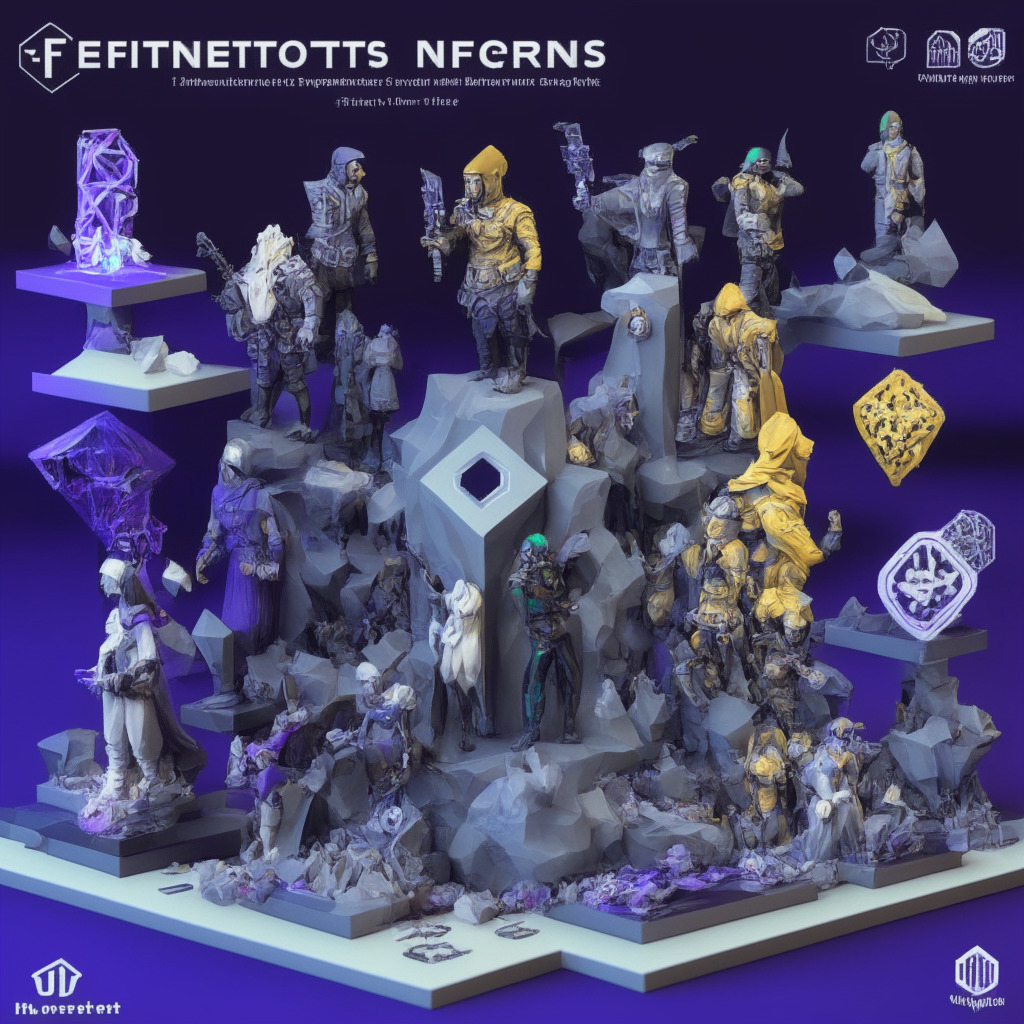In an intriguing development in the crypto-sphere, Southeast Asian tech giant, Grab is teaming up with stablecoin operator Circle to test a Web3 wallet. Bridging technology, finance, and tokens into their superapp, the duo aim to offer non-fungible token (NFT) vouchers to the app’s users, which can be redeemed for rewards and collectibles.
Slated to go live during the Singapore Grand Prix on September 17, the pilot’s novelty lies in its practical application of a crypto-adjacent technology reaching the hands (or rather, phones) of many. Boasting around 180 million users, Grab is one of the most popular consumer apps in Southeast Asia, offering services from ride hailing to food delivery, and now digital tokens.
For the crypto-enthusiast, the idea of mainstreaming blockchain tech, and more particularly, integrating stablecoins into everyday transactions is both thrilling and tantalizing. Circle, the operator of USD Coin (USDC), a stablecoin pegged 1:1 to the U.S. dollar, provides the crypto firepower to this initiative. Their CEO, Jeremy Allaire, envisions a world where a staggering billion users could have access to Web3 and transacting in stablecoins by next year.
While this is inspiring news for the crypto faithful, the integration of Web3 wallets should ideally draw both applause and scrutiny. The potential for widespread adoption of blockchain tech and crypto-assets is phenomenal. With mainstream brands making ambitious moves towards digital currencies, it sends a strong message about the potential of Web3 and decentralization.
However, it’s equally important to tread carefully. There are potential issues around user data privacy and security. Any breach or mishandling could lead to significant detriment for users, possibly reducing trust in digital transactions and digital identities.
Furthermore, with a wallet tied to a popular ride-hailing and food-delivery super-app, the lines between essential services and volatile cryptocurrencies are blurring. While the value of the reward tokens could be stable, allowing customers to make transactions in other cryptocurrencies could expose them to the whims and swings of crypto markets.
In conclusion, while the move to integrateWeb3 wallets and NFTs into a super-app could push blockchain adoption further, caution is urged to counterbalance enthusiasm. The future of crypto payments and blockchain technology in mainstream applications is certainly bright, yet this is still relatively uncharted territory. Clear regulation and consumer protections are needed to ensure that this technological leap doesn’t come at an undue cost.
Source: Coindesk




